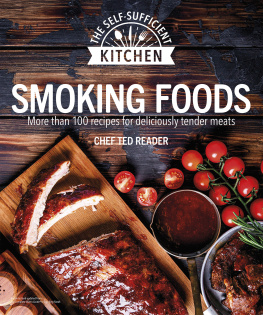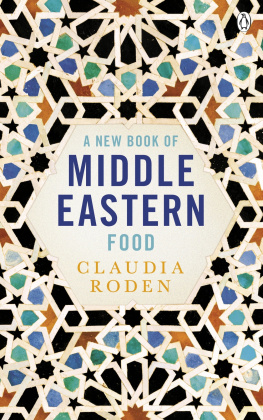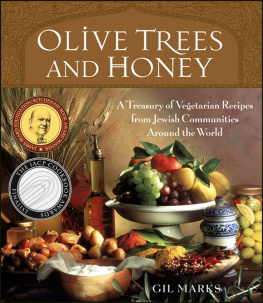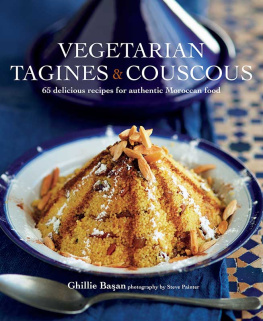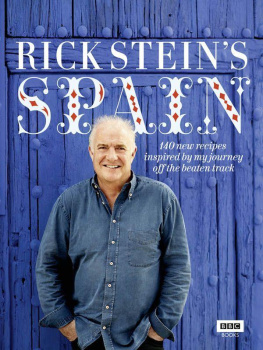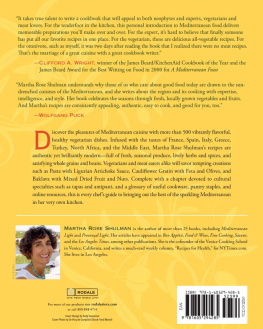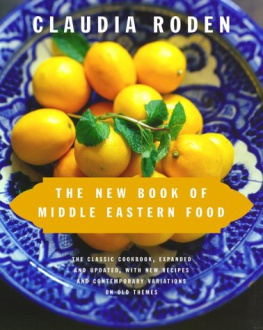

Published in 2014 by Stewart, Tabori & Chang
An imprint of ABRAMS
Copyright 2014 Nadia Zerouali and Merijn Tol
Illustrations 2014 Rosa Vitalie
Photographs Sven Benjamins
All rights reserved. No portion of this book may be reproduced, stored in a retrieval system, or transmitted in any form or by any means, mechanical, electronic, photocopying, recording, or otherwise, without written permission from the publisher.
Library of Congress Control Number: 2013945653
ISBN: 978-1-61769-108-9
Editor: Holly Dolce
Designer: Sebit Min
Production Manager: Anet Sirna-Bruder
Stewart, Tabori & Chang books are available at special discounts when purchased in quantity for premiums and promotions as well as fundraising or educational use. Special editions can also be created to specification. For details, contact specialsales@abrams-books.com or the address below.

115 West 18th Street
New York, NY 10011
www.abramsbooks.com
PREFACE

What is Arabic cuisine? We like to take a broad view. For us, it encompasses all of the rich, ancient cuisines of the Middle East, ancient Persian-Arabic cuisine, ancient Ottoman and Turkish cuisine, the cuisines from the countries surrounding the Mediterranean Sea (including the Arabic influences in Spain and Italy), the cuisines from the Maghreb countries (Morocco, Algeria, Tunisia, and Libya), and the influences they had elsewhere.
Just when we were making plans for a new culinary forage in the Arabic world, we realized that we still had so much in our heads, bellies, and hearts that we needed to begin by making a book at home: a book in which every lover of the rich Arabic cuisine in our homeland could find a clear explanation and illustration of the flavors, ingredients, and recipes from our beloved Arabia.
We started referring to this region of the world as Arabia during our journey, by car, from Beirut to Damascus. Arabic is the language that binds the people throughout the Arabic world, a world with many countries, each with a contemporary, colorful, and delicious collection of peoples and cultures.
And just like the Arabic influence traveled with the Moors from Spain to the Netherlands in the form of almond pastefilled phyllo dough rolls, kruidnootjes (small cinnamon-nutmeg-gingerbreadlike cookies), and hutspot (a Dutch carrot-potato stew), that influence is now visible everywhere in our country, in the cities but also in smaller villages, in the form of new neighborhood delis. Tahini and flat-leaf parsley are readily available in your Turkish and Moroccan groceries.
The tastes of the various cuisines
Middle Eastern cuisine is characterized by sour, fresh, zesty, and aromatic flavors in the form of yogurt, sumac, lemon, parsley, mint, dill, and many raw, vegetables.
The Maghreb cuisines are spice filled, with contrast in sweet and salty flavors. Many spices with sweet flavors are combined with hearty, fermented flavors like candied lemon and smen; dried subtropical fruit, nuts, parsley, mint, and cilantro are usually not used raw.
In Mediterranean cuisine, one finds influences from the cuisines mentioned above, with ingredients like couscous, almonds, parsley, spices, and citrus. The sweet pastries and cookies from the Arabs remain especially present in the modern Mediterranean cuisine.
This book is an ode to all those products and hopefully an invitation to indulge in these rich cuisines and cultures. In this book youll find real Arabia recipes and traditional recipes from Lebanon, Iraq, Spain, Morocco, Israel, Yemen, Tunisia, Syria, Jordan, Bahrain, Afghanistan, Turkey, Iran, and Italy. We are incredibly happy to have grown up in the Netherlands, among the delicious foods that originally stem from all these cuisines: all flavors and ingredients are nearby. Yet because we are Dutch, we can operate freely while remaining conscious of tradition and recipes. We arent bound by bordersthe ingredients provide the directions. Bismilla, sahtein!
You carry all the ingredients
To turn your existence into joy.
Mix them,
Mix them!
Hafiz, Persian Sufi poet from the thirteenth century
Eating in the Arabic world
Abundance! No need to call at 5:30 p.m. to ask if they can prepare an extra serving. At the Arabic table theres always room for at least ten people if necessary. It wouldnt occur to a cook in Arabia to prepare a measured amount of food. Leftovers? Youll make your neighbors, friends, and family happy. And youll make new friends. Once we were accused of making quantities that could feed an entire soccer team. Yes, thats true, and we do it with pleasure! Even when we cook for our Arabia popup restaurant, everybody leaves with doggy bags so they can enjoy the leftovers the next day. We provide them for the reactions alone. And although weve adapted things here, be aware that our quantities for four to six people can often please five to eight people. There is a famous Moroccan saying that when you divide a dish between two plates, its enough for two; if you serve the dish in a large bowl to share, then the same amount of food can feed ten. If you are making several dishes, be aware of the quantities: half the amount will suffice. Except when, just like us, you want to make everyone around you happy. In that case make enough or too much, allow everyone to take home containers, and become immortal. You can eat almost all dishes with bread: from flatbread to Turkish or Moroccan bread, or simply your own homemade bread. Bread is holy in the Arab world. No bread, no life.
Lots of food at lunch
We love sumptuous lunches. You can sample many dishes, relax, and still have enough time to digest all that food. A Saturday or Sunday Arabia lunch is perfect for inviting friends and family (ideally people who dont know each other, a mix of young and old!), to catch up, to quietly enjoy lots of food, and to put conversation skills to good use.
Simple recipes
Its commonly believed that Arabic cuisine is very complex and uses many ingredients in one recipe, but most dishes actually are very simple and not expensive to prepare. And while the flavors are very rich (even more so because you often eat several dishes at the same time), almost all recipes are quite approachable for even the novice cook. The most important thing is to taste, taste, taste! We always use many spices and herbs, and a lot of olive oil and lemon juice. Dont be afraidjust sample and then season to taste. What if you lack a certain ingredient? Its not the end of the world; you can do it without it, or replace the ingredient with something else. No cilantro? Use parsley. No bulgur? Use small pasta. No almonds? Use hazelnuts or walnuts. You might come up with an interesting variation. We love to forget an ingredient: It forces us to improvise and thats when delicious things start to happen! This cuisine also follows the seasons: When there are quinces available, youll prepare them in various ways. The same goes for fava beans, artichokes, and other seasonal fruits and vegetables.
Next page
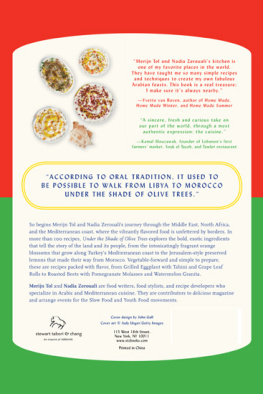
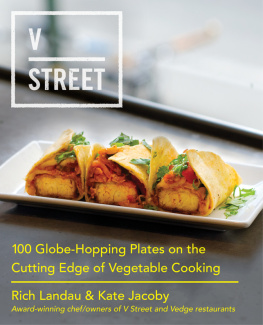
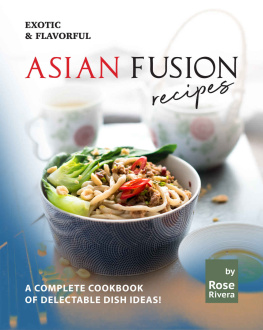
![Claudia Roden - Claudia Rodens Mediterranean: Treasured Recipes from a Lifetime of Travel [A Cookbook]](/uploads/posts/book/289768/thumbs/claudia-roden-claudia-roden-s-mediterranean.jpg)
